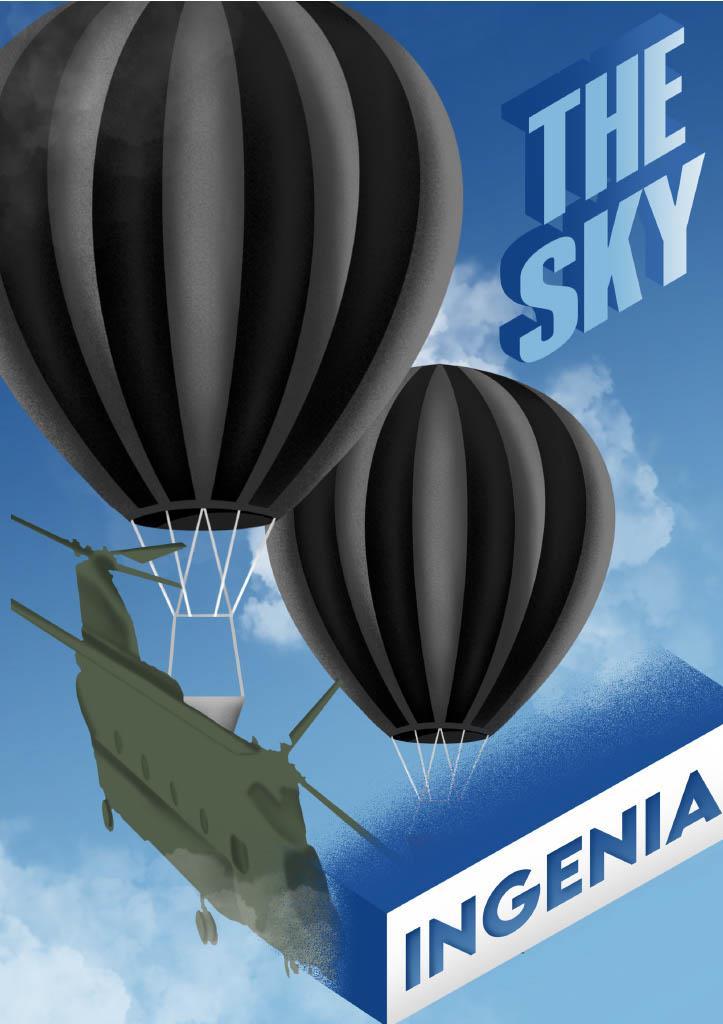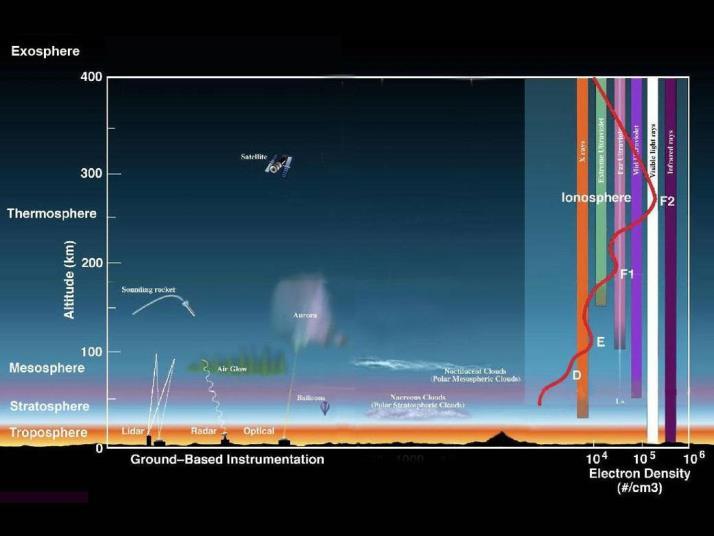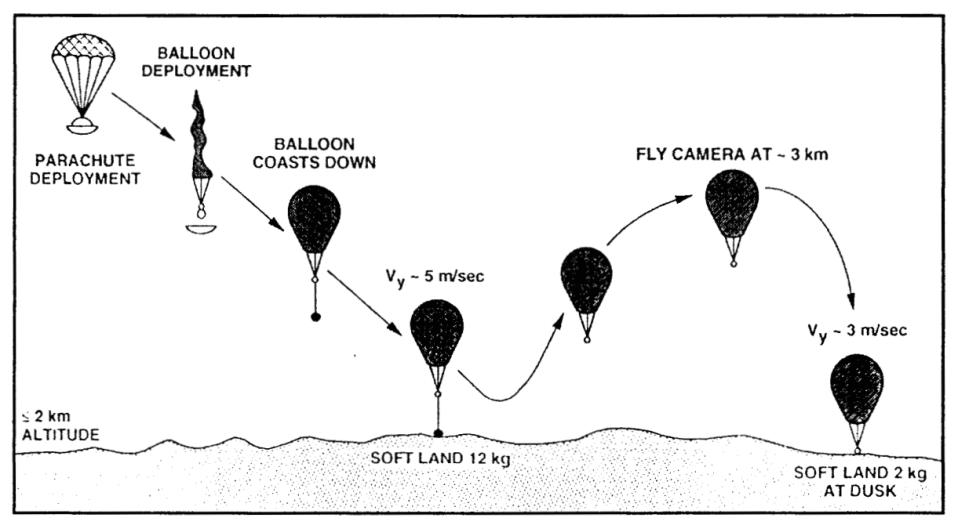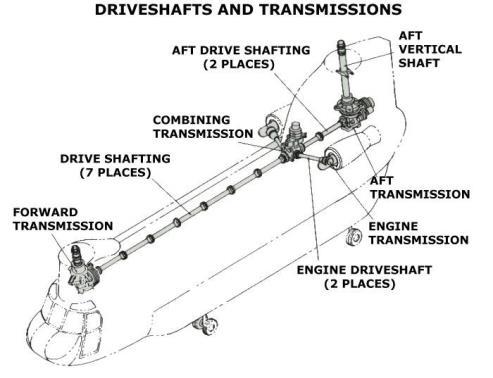
CHAIR
Amélie
EDITORS + GRAPHIC DESIGNERS
Tanya
Temilola
WRITERS
Tia
Mahi
CONTENTS
SAF (Sustainable Aviation Fuel)
Mahi
Solar balloons: on Earth and beyond
Amélie
The Chinook – CH-47
Tia


Amélie
Tanya
Temilola
Tia
Mahi
SAF (Sustainable Aviation Fuel)
Mahi
Solar balloons: on Earth and beyond
Amélie
The Chinook – CH-47
Tia
The aviation industry is one of the largest contributors to global warming and the decline of the environment. In 2018, civil aviation was responsible for around 2.5% of CO2 emissions worldwide (Ritchie, 2020). The aviation industry will have to change, whether by design or disaster, and one of the most prominent new innovations to reduce carbon emissions is the development of SAF.
SAF (sustainable aviation fuel) has many benefits and appeals, such as environmental benefits, diversified supply, and economic and social benefits. This fuel alternative can be produced from sustainable feedstocks, plants such as helophytes, used cooking oil, or solid municipal waste and non-recyclable plastics. Through this, SAF can reduce up to 80% of the carbon emissions produced by the aviation industry. How? Let’s look at the example of plants. Throughout their lives, plants absorb carbon dioxide and when they are turned into aviation fuel, that carbon dioxide is released, so over the life of that plant, its carbon impact is almost neutral (IATAtv, 2020). This allows SAF to become an incredibly efficient way to cut the impact the aviation industry has on the world. Many prominent figures in engineering and in the aviation industry say that ‘the wider aviation industry is collectively committed to ambitious emissions reduction goals and Sustainable Aviation Fuel has been identified as one of the key elements in helping achieve these goals.’
This fuel alternative also has economic benefits. Airlines are reliant on fossil fuels which are affected by a range of fluctuations and factors, such as the price of crude oil and the supply and demand of fossil fuels. SAF is an attractive alternative as it works as a short and long-term solution, and enables a more diverse geographical scale of production, as it is not dependent on drilling fossil fuels out of the Earth.
Furthermore, SAF’s chemical makeup is very similar to that of usual aviation fuel. Both have a base of a blend of hydrocarbons (paraffin, olefins, naphthene, and aromatics), additives such as antioxidants, and metal deactivators. Therefore, it can be mixed with regular jet fuel with no need to modify the engine or chemical composition. The main difference in their chemical makeup is the absence of most impurities in SAF’s composition. This results in the decrease of gases such as sulphur dioxide being released into the atmosphere. Over 250,000 flights have used SAF fuel, allowing for an eco-friendlier path for the aviation industry to decrease its carbon footprint (ICAO, 2022).
However, there are a couple of problems with this particular air fuel. Manufacturing and production are currently operating on a small scale, therefore there is higher global demand than current production. SAF manufacturing can also be expensive; this problem can be combatted with investments from airlines and governments; however, it still poses a major problem for the use of SAF across the world (BP, 2022).
SAF is transforming the global aviation sector. Sustainable Aviation Fuel is the future of the aviation industry. It is an eco-friendly solution to mass pollution and the emission of carbon dioxide and can thoroughly reduce the effects of climate change and be a large player in the movement for an eco-friendlier planet.
BP. (2022, June). What is sustainable aviation fuel (SAF)? Retrieved October 27, 2022, from BP: https://www.bp.com/en/global/air-bp/news-and-views/views/what-is-sustainable-aviation-fuel-saf-andwhy-is-it-important.html
IATAtv. (2020, September 24). What is Sustainable Aviation Fuel? Retrieved October 27, 2022, from What is Sustainable Aviation Fuel?
ICAO. (2022). Sustainable Aviation Fuels (SAF). Retrieved from ICAO: https://www.icao.int/environmental protection/pages/SAF.aspx
The first hot air balloon sailed in 1783 by French scientist Pilatre de Rozier, however the basic design has barely changed since (The Balloon Museum Foundation, 2022). This useful form of transport has offered pleasurable rides to passengers, as well as collecting atmospheric data for weather forecasts. In recent years, the possibility of solar balloons has grown as they offer a number of benefits:
• Cheap manufacturing costs
• Very lightweight
• Do not require lifting gases e.g., hydrogen or helium, which allows them to be used in remote areas (Bowman, Norman, & Yang, 2015)
• Reduce emissions as they are powered by solar energy
The concept behind a solar-powered hot air balloon is remarkably simple – sunlight is shone on a black balloon, heated the surface by radiation and therefore the air inside the balloon. The air inside the balloon therefore becomes less dense than the air outside the balloon, creating a lift force. The lift force generated will depend on the volume of the balloon, internal and external temperatures.
However, they are a fairly recent development, both for commercial and scientific purposes. The University of Cambridge modelled small solar balloons, estimating that a 550m3 balloon would be needed to lift an 80kg person on a springtime early morning in England (10°C, no clouds, sun at 20-30° above the horizon) (Furmanski, 2011)
Moreover, in 2015, Bowman et al. successfully launched a solar balloon made from polyethylene sheeting, which flew for 3.5 hours. It reached an elevation of over 20km and approximately reached neutral buoyancy before it failed due to a mechanical fault. However, their results suggest that future attempts could allow balloons to reach the lower stratosphere (Figure 1) (Bowman, Norman, & Yang, 2015). At this height, balloons are incredibly useful for the advancement of space science, as technologies can be tested in a space-like environment.

Solar balloons could be used not only on Earth, but also as part of space exploration. Current Mars missions use a soft-landing system comprising of a standard atmospheric aerobraking entry capsule, followed by a parachute deceleration and the use of retrorockets. The payload is dropped about 50m above the surface. However, a solar balloon could eliminate the need for the expensive and heavy retrorockets. After the initial parachute deceleration, a solar balloon could be deployed and filled with air from the atmosphere as it falls (Figure 2). They could also be suitable for short flights above the clouds on Venus, or longer-duration flights above the clouds on Jupiter and Saturn (Jones & Wu, 1999).
Perhaps one of the most exciting developments in solar balloons was made by Aerocene in 2020, when a human was lifted to an altitude of 272m above the salt flats of Salinas Grandes in Argentina. The average hot-air balloon uses 136l of liquid propane per 1 hour flight, equivalent to 207kg CO2, demonstrating the significant environmental benefits solar balloons offer over their fossil-fuel based counterparts (Aerocene Pacha, 2022).
There are also many examples of solar balloons being made by members of the public, using household items. By creating a simple tube for black plastic bin bags, which is filled with air and sealed, after only a few minutes in sunlight, the balloons have begun to float. Although this certainly would not generate sufficient lift to carry a significant load, the ease of this experiment demonstrates the potential for simple solar balloons to offer a low-cost alternative to traditional balloons.
In conclusion, solar-powered hot-air balloons are a recent technology which could have the potential to be used across a range of commercial and leisure applications. The low cost of the technology is likely to further support their use, particularly as the world looks to decarbonise all forms of transport.
Aerocene Pacha. (2022). Achievements. Retrieved October 21, 2022, from Aeroscene Pacha: https://pacha.aerocene.org/achievements/
Bowman, D. C., Norman, P. E., & Yang, X. (2015, November 7). Solar Balloons: A Low Cost, Multi-hour Flight System for the Lower Stratosphere. American Geophysical Union, Fall Meeting 2017, pp. abstract #A32A-01.
Furmanski, A. (2011). Solar-Powered Hot Air Balloons. University of Cambridge. Dr Chris Lester.

Jones, J. A., & Wu, J. J. (1999, June 28). Solar Montgolfiere Balloons for Mars. Jet Propulsion Laboratory. California Institute of Technology, Pasadena.
The Balloon Museum Foundation. (2022). A Brief History of Hot Air Ballooning. Retrieved October 21, 2022, from The Balloon Museum Foundation: https://balloonmuseum.com/a-brief-history-of-hot-airballooning/

The RAF has plenty of aircraft, some being more famous than others, however its helicopters tend to be lost in the list. Chinooks are a fleet of tandem rotor helicopters built for trooping, resupply, and evacuation. [1] Whilst they are extremely large and heavy, they are very versatile and have a high-speed capability. When speed is important, especially during wartime operations, the requirement for a runway can hinder efficiency, making the Chinook a good alternative. [2]
The Chinook has operated in a wide range of different environments, from the Arctic to the desert or jungle. It is built to have modifications dependent on its job whilst also being fitted with self defence equipment so it can operate in war spaces. One of its roles includes heavy lifting and cargo transport. It is prepared for this with a triple hook external load system, an internal cargo winch, a roller conveyor fit and large reserves of power. [1]

The most unique feature of the Chinook is its use of a tandem rotor system. It consists of rotors, that rotate opposite to each other. Each has three fiberglass blades. There is a hub, connected to three pitch varying shafts which connect to each rotor. [3] Pitch refers to the angle between the propeller blade chord line and the plane of rotation of the propeller [4] From this rotor head the forward rotors can be driven using a forward transmission from the rotor drive train. The aft rotor can be given a transmission through the vertical drive shaft. Each of the pins which connect the hub to the shafts will permit blade flapping. The angle of this flapping can be varied depending on the operation. Another type of blade movement is blade leading and lagging, which occurs due to the vertical hinge pins which connect the blades to pitchvarying housing and shafts. The shaft is connected to the housing using a laminated tie bar assembly, which has properties including high tensile strength and low

torsional stiffness of the tie bar. This allows the blade pitch to change despite the centrifugal force it feels. There are three blade pitch changes: cyclic pitch changes, collective pitch changes and combined collective and cyclic pitch changes. These are controlled by the swashplate, a rotating ring connected to the housing. By tilting the swashplate you allow cyclic changes and by vertical movement of the swashplate you allow collective movement. [3] In this way, the Chinook has brilliant versatility using two rotors.
The original developer of the Chinook was Veritol Aircraft Corporation, which was acquired by Boeing in 1960. Its development began in 1958 and it first took flight in 1961. It was originally fielded by the Americans in the Vietnam War, however this required many upgrades to alter its features for a combat environment. Even though it was built to carry 36 passengers, it was reported to have carried 147 refugees during the war. The Chinook was originally labeled as the workhorse of the US Army. Today, The US Army is still the second largest operator of the CH-47 Chinook only behind the RAF. [5]
Through its history the Chinook has been considered a saviour in the Air Force. It has been available through many humanitarian missions, evacuation and rescue missions, and transport missions, and will continue being in operation for many years in the future.
[1] RAF, "Chinook," [Online]. Available: https://www.raf.mod.uk/aircraft/chinook/. [Accessed 26 October 2022].
[2] J. Uwadiare, "14 Different Types of Helicopters and Their Uses," 16 August 2021. [Online]. Available: https://wheelsinquirer.com/different-types-of-helicopters/. [Accessed 26 October 2022].
[3] "The Rotor Blade," [Online]. Available: http://www.chinookhelicopter.com/standards/areas/blade.html. [Accessed 26 October 2022].
[4] [Online]. Available: https://skybrary.aero/articles/blade-pitch. [Accessed 26 October 2022].
[5] R. Hynes, "33 Things You Probably Don't Know About the CH-47 Chinook," Honeywell, [Online]. Available: https://aerospace.honeywell.com/us/en/about-us/blogs/33-things-you-probably-do-notknow-about-chinook-ch47. [Accessed 26 October 2022].